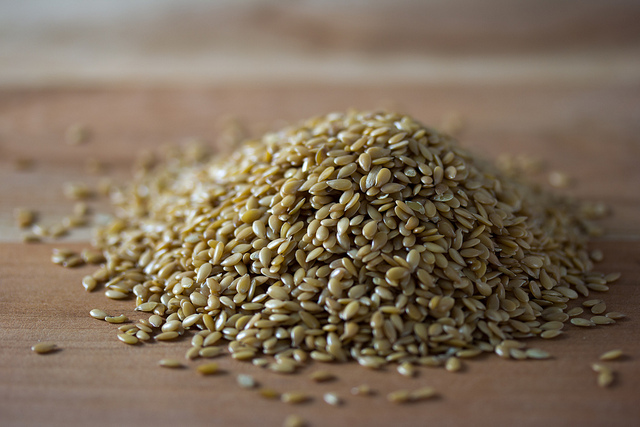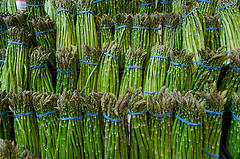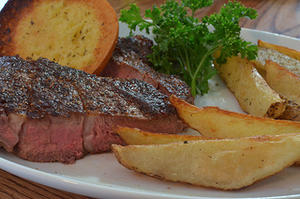If you’re trying to improve your health and maintain a healthy diet, you may want to start incorporating flax seeds into your meals. These tiny seeds are said to be great for digestion and vascular health, and they may even help to prevent certain types of cancers. Here are just a few fun facts about flax seeds that you might not know.
- Flaxseeds have more omega-3 fatty acids than any other foods in the world. These acids remain stable for up to three hours in the oven, which means that you can bake flaxseeds into breads and muffins without losing the omega-3s.
- Flaxseeds have the highest amount of lignans of any other food. Lignans are fiber-related polyphenols that offer benefits similar to antioxidants and fibers, and they are beneficial to all humans.
- Flaxseeds provide support to the intestinal tract through their mucilage, or “gum” content. This water-soluble gel improves nutrient absorption into the small intestine.
- Flaxseeds are proven to reduce metabolic syndrome. Studies show that people who eat 30 grams of flaxseeds each day had a 20% decrease in metabolic syndrome over a 12-week period.
- By eating more flaxseeds, you can improve your cardiovascular system. These powerful seeds help prevent excessive inflammation in the blood vessels, keeping your blood pumping and keeping the body safe from diseases.
Flaxseeds [Vegetarian]
What's New and Beneficial About Flaxseeds [The World’s Healthiest Foods]
Flax for Consumers [Ameriflax]














 Equal Housing Opportunity
Equal Housing Opportunity